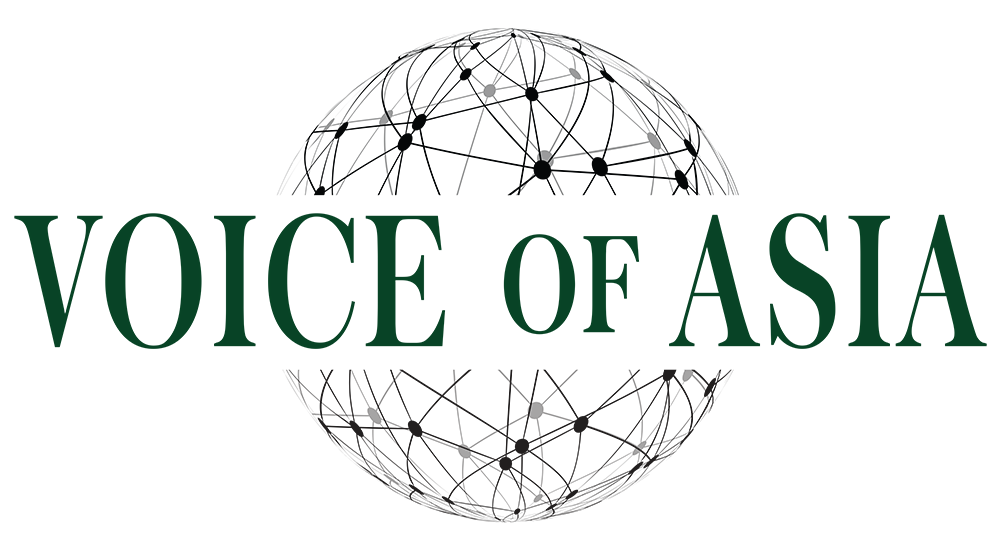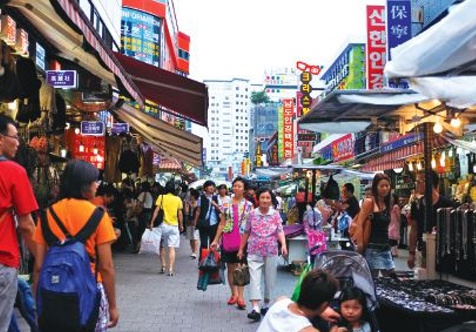In collaboration with Convergence, VOICE OF ASIA is proud to present timeless articles from the archives, reproduced digitally for your reading pleasure. Originally published in Convergence Volume 11 in 2012, we present this story on Seoul, the “Miracle on the Han River”, and its transformation over the years.
Few cities can claim to have experienced a transformation as amazing as Seoul. The capital of South Korea (officially the Republic of Korea), it is a bustling metropolis of over 10 million inhabitants, as well as the hub for business, education, culture, and entertainment in the country. One of the most advanced cities in Asia, Seoul is the most stunning symbol of the economic growth which has been dubbed the ‘Miracle on the Han River’.
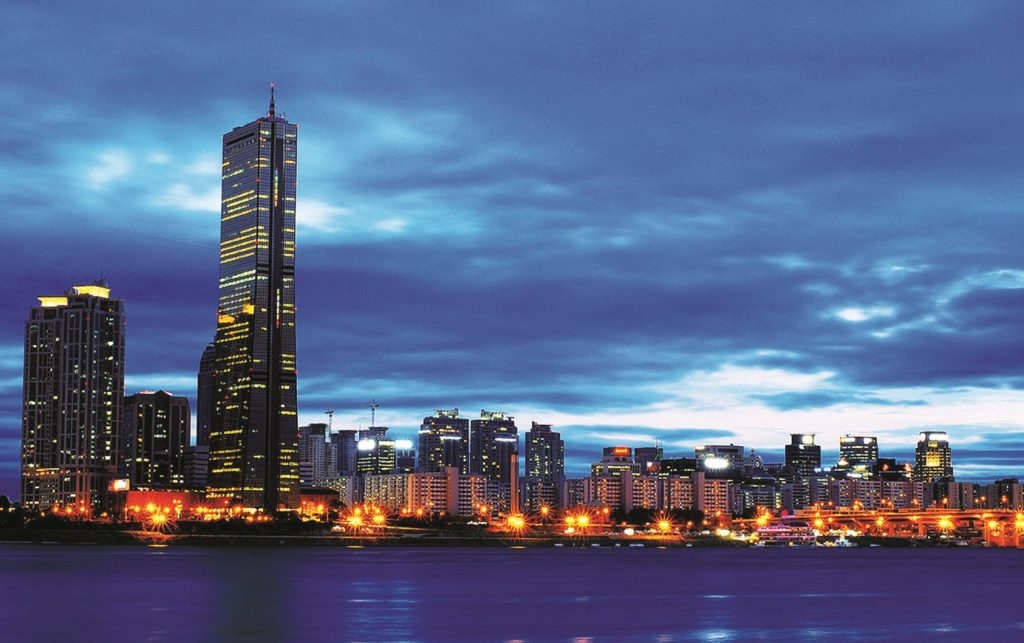
A Global City
A quick glance at Seoul’s credentials will reinforce its position as one of the most important cities in Asia as well as that of the world. In 2010, the US journal Foreign Policy ranked it in tenth place on the influential Global Cities Index, while the Institute for Urban Strategies at The Mori Memorial Foundation in Tokyo placed it eighth in the Global Power City Index. Seoul was also named the sixth most economically powerful city by Forbes in 2006, as well as in ninth place in the Worldwide Centres of Commerce Index published by Mastercard.
It is hard to believe that just six decades ago, the city was almost completely destroyed during the Korean War, when it became the scene of some of the fiercest fighting in the conflict. By the time the armistice, which brought a halt to the fighting, was signed in 1953, more than 191,000 buildings including 55,000 houses and 1,000 factories had been destroyed. Consequently, basic infrastructure was in ruins while more than a million people were left homeless.
Yet, like a phoenix rising from the ashes, Seoul has been transformed over the years into the modern thriving urban landscape of today. While part of the credit should go to successive South Korean governments in the post-war period, which focused on intensive reconstruction efforts, equal – if not greater – recognition should go to the Korean people for their resilience and innovativeness.
In fact, South Korea was named by the BCG/NAM/MI International Innovation Index as the 2nd most innovative country in the world. This is owing to the tremendous progress South Korean businesses have made in the electronics, telecommunications and green technology industries.
A Business Hub
One only needs to visit Seoul to see the benefits that this has created in terms of economic growth. Interestingly enough, there are hardly any heavy industries such as automobiles manufacturing and shipbuilding – two sectors at which South Korea excels – in Seoul. As the city is located near the North Korean border, strategic heavy industries were located further south to protect them from possible attack. The two countries are still technically at war, although, as aforementioned, an armistice has been in place since 1953.
Just as Seoul has developed, so too have its industries. During the 70s and 80s, the manufacturing sector in the city concentrated on the assembly and production of low-cost, labour-intensive consumer goods such as TVs, fridges and radios. Since the 1990s, the focus has shifted to high-technology, value-add products.
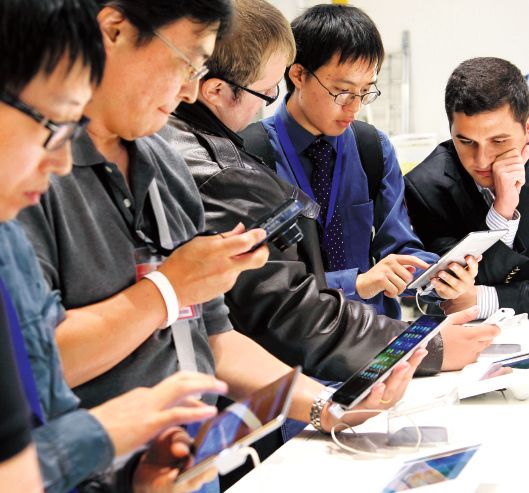
Furthermore, the knowledge-based sector has grown in South Korea and in Seoul especially, with an increasing number of businesses focused on disciplines such as robotics and aerospace engineering. Green technology, as aforementioned, is also a sector that shows great potential owing to efforts by the South Korean government to promote the environment. Another up-and-coming sector is biotechnology. Currently South Korea is 14th in terms of biotech patents filed, while its exports from that sector account for 2.2% of the global market.
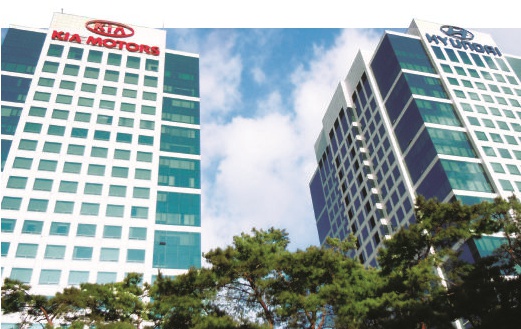
However, when talking about industries based in Seoul, the foremost has to be ICT. One of the most connected cities in the world, Seoul has mobile penetration rate of almost 100%, businessand was also the first city to utilise technologies such as CDMA, HSPDA (High Speed Downlink Packet Access) for mobile phones, and Wibro (Wireless Broadband) – which incidentally is a South Korean creation. On top of that, Seoul boasts a fibre-optics network with speeds of over 100 mbps (megabits per second) – one of the fastest in the world – and it is being upgraded to 1 gbps (gigabits per second) by 2012.
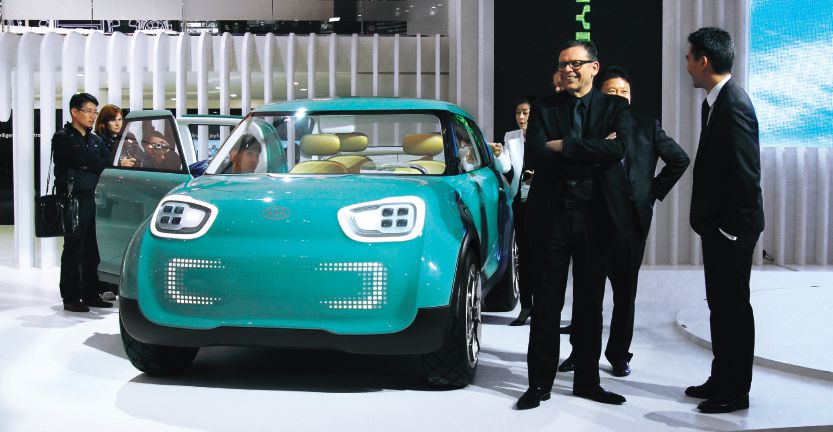
Unsurprisingly, Seoul is also home to some of South Korea’s largest companies, among which are automaker Hyundai-Kia, as well as electronics giants LG and Samsung. The last mentioned incidentally is also the largest conglomerate (known as chaebol in Korean), and apart from being the biggest electronics manufacturer in the world (through its subsidiary Samsung Electronics), it is also the second largest shipbuilder (by way of another of its subsidiaries Samsung Heavy Industries).
Education in Seoul
One of the reasons behind Seoul’s economic expansion, as aforementioned, is the focus on knowledge-based industries. Undoubtedly, the availability of world-class higher learning institutes there has been a vital factor in allowing such businesses to flourish as companies work with universities to research and develop new technologies.
While there are 37 universities in Seoul, pride of place has to go to the Seoul National University (SNU). Established in 1946, it is South Korea’s first national university and is not only highly regarded in the country, but in the education world in general. The Science Citation Index, for instance, ranks it in 20th in the world in terms of publications, while the QS World University Rankings places it at 7th in Asia and 42nd in the world.
Furthermore, when the Ecole des Mines de Paris – MINES Paris Tech published a report in 2009 on where CEOs of Fortune 500 companies had their tertiary education, SNU was ranked 5th in the world.
This is reflected in the fact that some of South Korea’s leading business and political personalities call the university their alma mater – including former President Kim Young-sam, current United Nations Secretary-General Ban Ki-moon, as well as the CEO of LG – Kang Yu-sig, and the President of Samsung Electronics – Lee Yoon-woo.
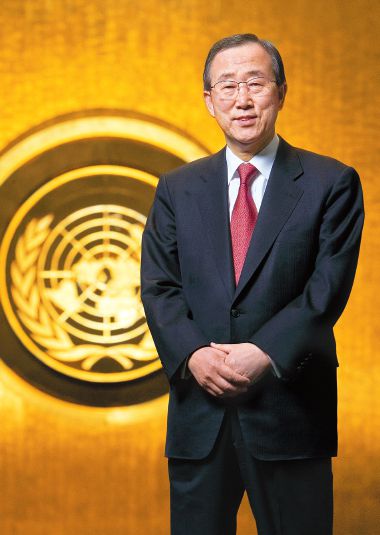
Other than its illustrious alumni, SNU also boasts a faculty that includes internationally acclaimed academics such as Nobel Laureate in Chemistry Paul Crutzen and Fields Prize winner Hironaka Heisuke. In fact, approximately 4% or 200 of its students are from overseas, and it also conducts exchange programmes with some of the leading institutes in the world such as Stanford University, Yale, the University of Pennsylvania, and Duke University.
South Korea At a Glance
- Official Name: Republic of Korea
- Capital City: Seoul
- Major Cities: Busan, Incheon, Daegu, Daejeon
- System of Government: Presidential Republic
- Head of State: President Lee Myung-bak
- Head of Government: Prime Minister Kim Hwang-sik
- Official Currency: South Korean Won (₩)
- Official Language: Korean
- Individual Tax Rate: Progressive tax rate of 6% for income over KR₩12,000,000 to 35% for income over KR₩88,000,000
- Value Added Tax: 10%
- Corporate Tax Rate: Maxiumum of 24%
An Entertainment Haven
Seoul is not all work and study though, and the city has established a reputation for being a tourism hotspot, as well as an entertainment hub. A metropolis where the old and new mingle together in harmony, one can find quaint reminders of South Korea’s past here.
At the same time, the skyline of Seoul is filled with skyscrapers that epitomise the city’s stunning rise. There are 24 such towers in the city, with the tallest being the 73-storey Tower Palace. Other interesting landmarks include the World Trade Centre businessand the COEX Mall, both of which are located in the Gangnam-gu district of the city. The former is the premier MICE venue of South Korea, while the latter is the largest underground shopping mall in the world.
Talking about shopping malls, if you are in need of retail therapy, you won’t go wrong with Seoul, as it is home to a number of malls and markets – the largest of which is Dongdaemun Market where one can find a mix of both retail and wholesale outlets.
For the young and the trendy, Myeong-dong is the place to be as it is home to boutiques such as Lacoste, Polo Ralph Lauren, and Louis Vuitton. Older and more affluent shoppers may prefer Gangnam where one can find both high-end boutiques and some of the city’s best restaurants.
If you are looking for jewellery as well as cultural knick-knacks, then Itaewon is the right place for you as you can find Korean antiques and handcrafted items there. Then there is the Yongsan Electronics Market – the largest electronics market in the world, with 5,000 stores in 22 buildings, it is a veritable paradise on Earth for tech-geeks.
Of course, if you are in Seoul, you cannot avoid coming into contact with one of South Korea’s most famous recent contributions to world entertainment, namely Korean Pop or K-Pop.
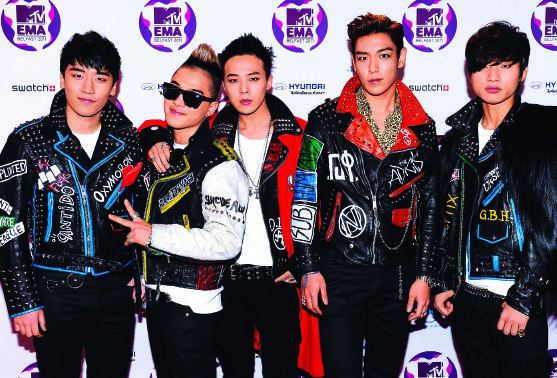
A fast growing trend, K-Pop’s popularity has gone beyond the shores of South Korea to across the Asia-Pacific and even to Europe and America, with artistes such as Kim Bum Soo and Wonder Girls charting on the Billboard Hot 100.
Travelling to Seoul
Seoul is served by two airports Gimpo and the newer as well as larger Incheon International Airport. Opened in 2001, Incheon has gained a lauded reputation, and was rated the best airport in the world by the Airports Council International from 2006 to 2010, and is also only one of three 5-star airports ranked by Skytrax.
Valentine’s Day in Seoul
If you are travelling to Seoul this Valentine’s Day, take heart (no pun intended) that the South Korean capital is a city for those who want to spend some quality time with that special someone.
If you are looking to take your date to some palatial settings, you are in luck because as a former royal city, Seoul is home to the ‘Five Grand Palaces’. Built during the Joseon Dynasty (1392 – 1897), they are Changdeokgung, Changgyeonggung, Deoksugung, Gyeonghuigung, and Gyeongbokgung, and although all are worth going to see, Changdeokgung bears the honour of being named a UNESCO World Heritage Site.
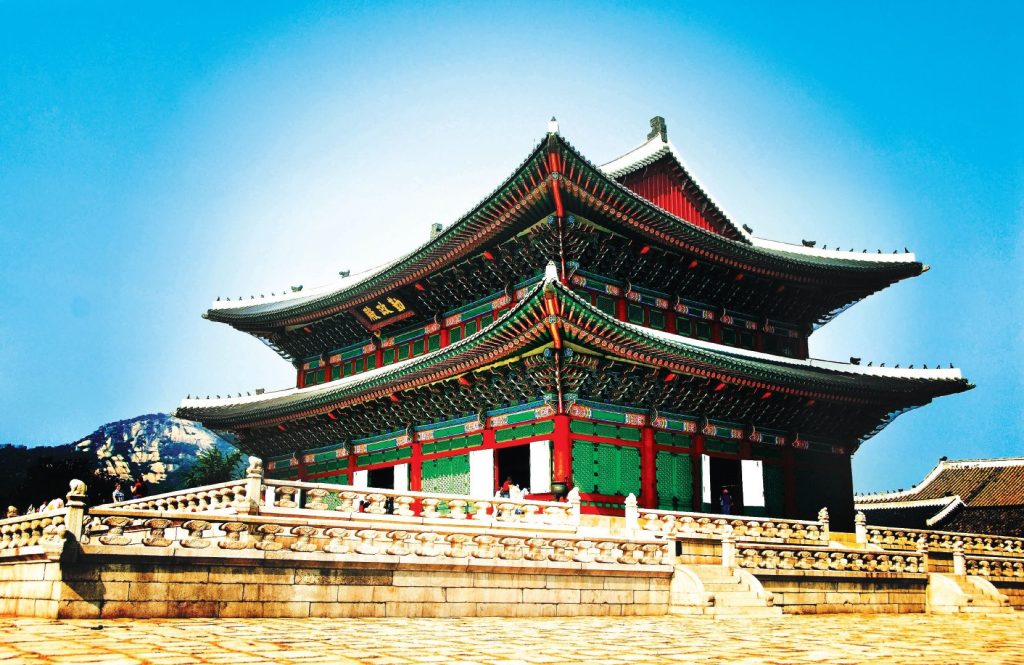
Another iconic site in Seoul to see with the love of your life is Namdaemun – the Great South Gate of Seoul – which was designated National Treasure Number 1 by the South Korean National Assembly. Marvel at the architecture and wonder of this symbol of Korean culture.
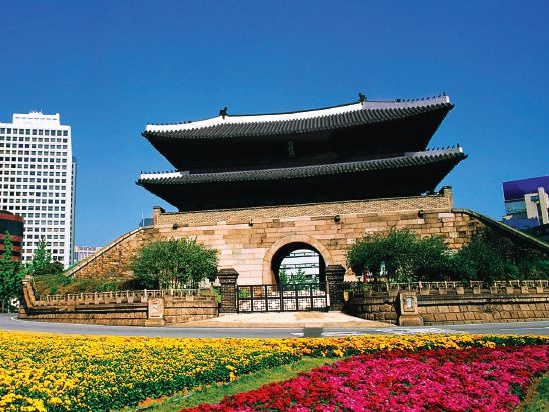
For more modern pleasures, why not head over to Lotte World? The largest indoor theme park in the world, it has amusement park rides, sports facilities, as well as a luxury hotel and a shopping mall. There is truly nothing that speaks of true love than being able to laugh and have fun together.
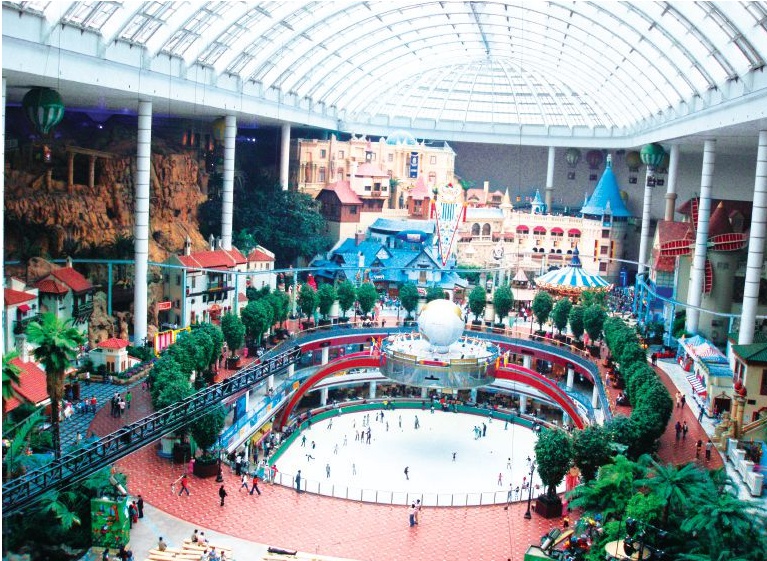
If you really want to show your love to the rest of the city, then Namsan Seoul Tower is the place for you. One of the highest points in the city, it has long been a favourite spot for South Korean couples. A tradition there involves couples pledging their love for each other by locking a padlock to the gates of the tower, so why not add yours to the thousands there already?
And when evening comes, there can only be one place to go – the Han River, or rather the Banpo Bridge to be precise, which is also the site of the world’s longest bridge fountain. Known as the Rainbow Fountain, it stretches for 570 metres, and at night is illuminated by rainbow coloured lights. Just pure poetry in motion.
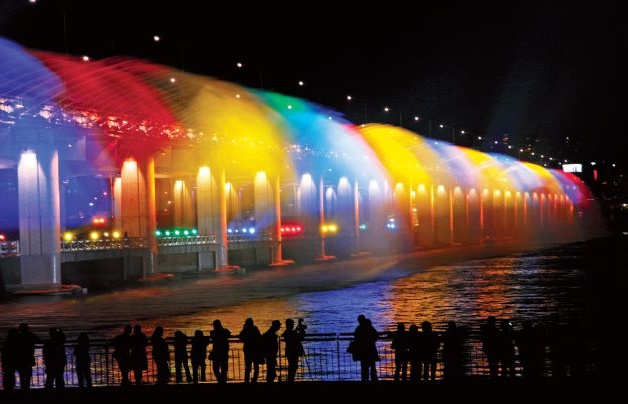
Getting around Seoul is also quite convenient thanks to its comprehensive public transportation infrastructure, which includes an underground train system, buses and taxis. Of course, if you so wish, you can rent a car, but be warned that traffic jams are the norm in the city. While the signs are in Korean and English, the streets of Seoul can be quite twisting and confusing, and one may even get lost when walking. However, if you have the time, why not just enjoy the walk and get to know the city better?
Speak the Language
Although most Koreans – especially the younger generation – know English, it is always useful to know a bit of the local lingua.
- Hi! – An-yŏng-ha-se-yo.
- Good morning! – An-nyŏng-ha-se-yo
- Good evening! – An-nyŏng-ha-shŏ- ssŏ-yo?
- How are you? – Chal ji-nae-shŏ- ssŏ- yo?
- I’m fine, thanks! – Ne. Chal ji-nae- ssŏ-yo.
- Thank you (very much)! – (Nŏ-mu) kam-sa-ham-ni-da!
- You’re welcome! (for “thank you”) – A-ni-e-yo
- What’s new? – Pyŏl-li-ri ŏp-ssŭ- shŏ-ssŏ-yo?
- Nothing much – Ne. ŏp-ssŏ-ssŏ-yo.
- Good night! – An-yŏng-hi ju- mu-se-yo!
- See you later! – Na-jung-e bwae-yo!
- Good bye! – An-nyŏng-hi ge- se-yo!
- I’m lost – Ki-rŭl i-rŏ-bŏ-ryŏ-ssŏ-yo.
- Can you help me? – Chom to- wa-ju-shil ssu i-ssŭ-shi-na-yo?
- Where is the (bathroom)? – (Hwa-jang-shil)-i ŏ-di-ye-yo?
- How much is this? – I-ge ŏl-ma-ye-yo?
- Excuse me …! (to ask for something) – Shil-le-ji-man…
- Excuse me! ( to pass by) – Shil-le-ha-ge-ssŭm-ni-da.
From being all but completely destroyed 60 years ago, to becoming one of the world’s foremost cities, Seoul’s remarkable rebirth is undoubtedly one of the great stories of the triumph of human endeavour in recent times. A city that is respectful of its past, and yet always looking to the future, Seoul is indeed a city with soul.

